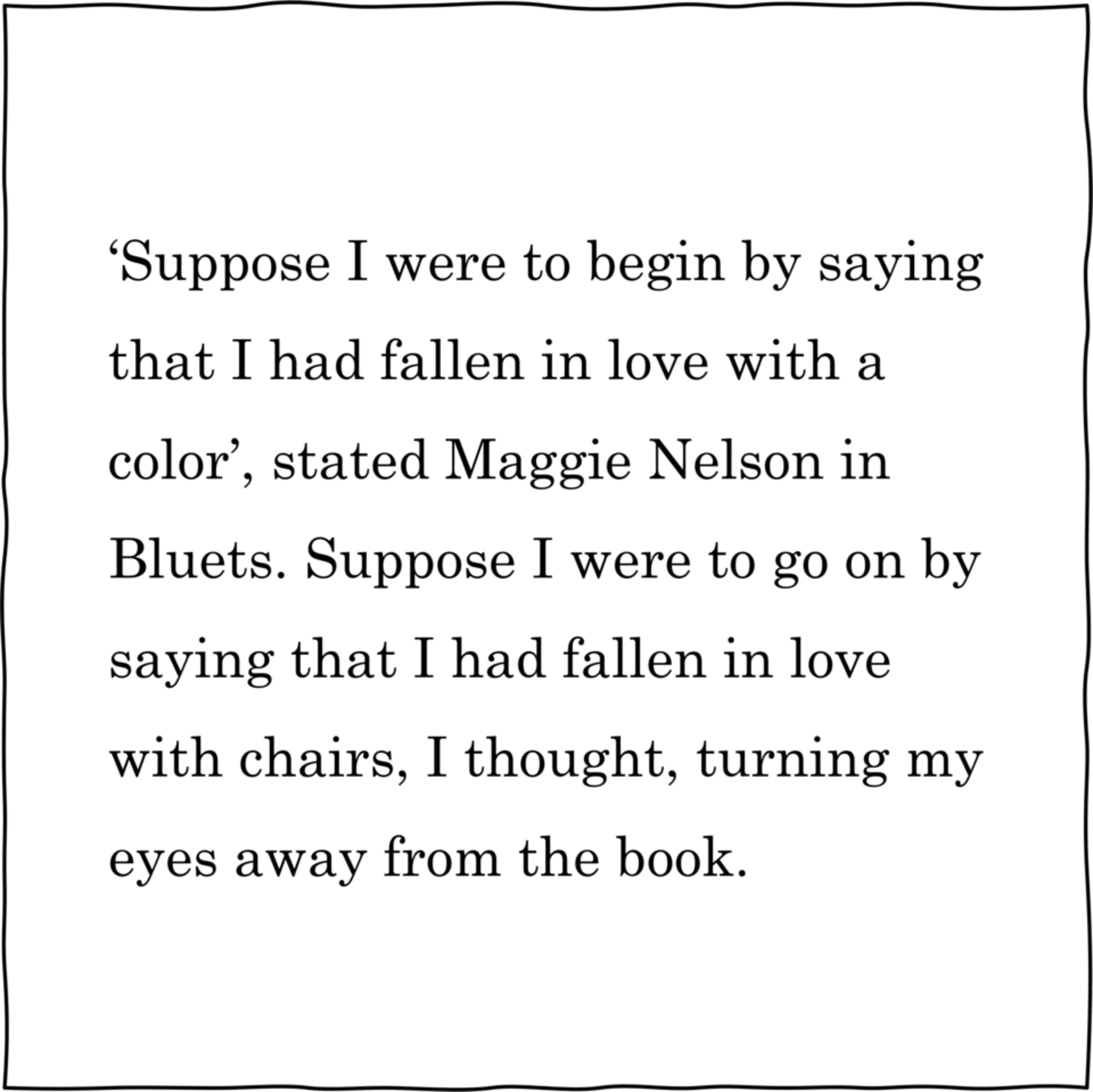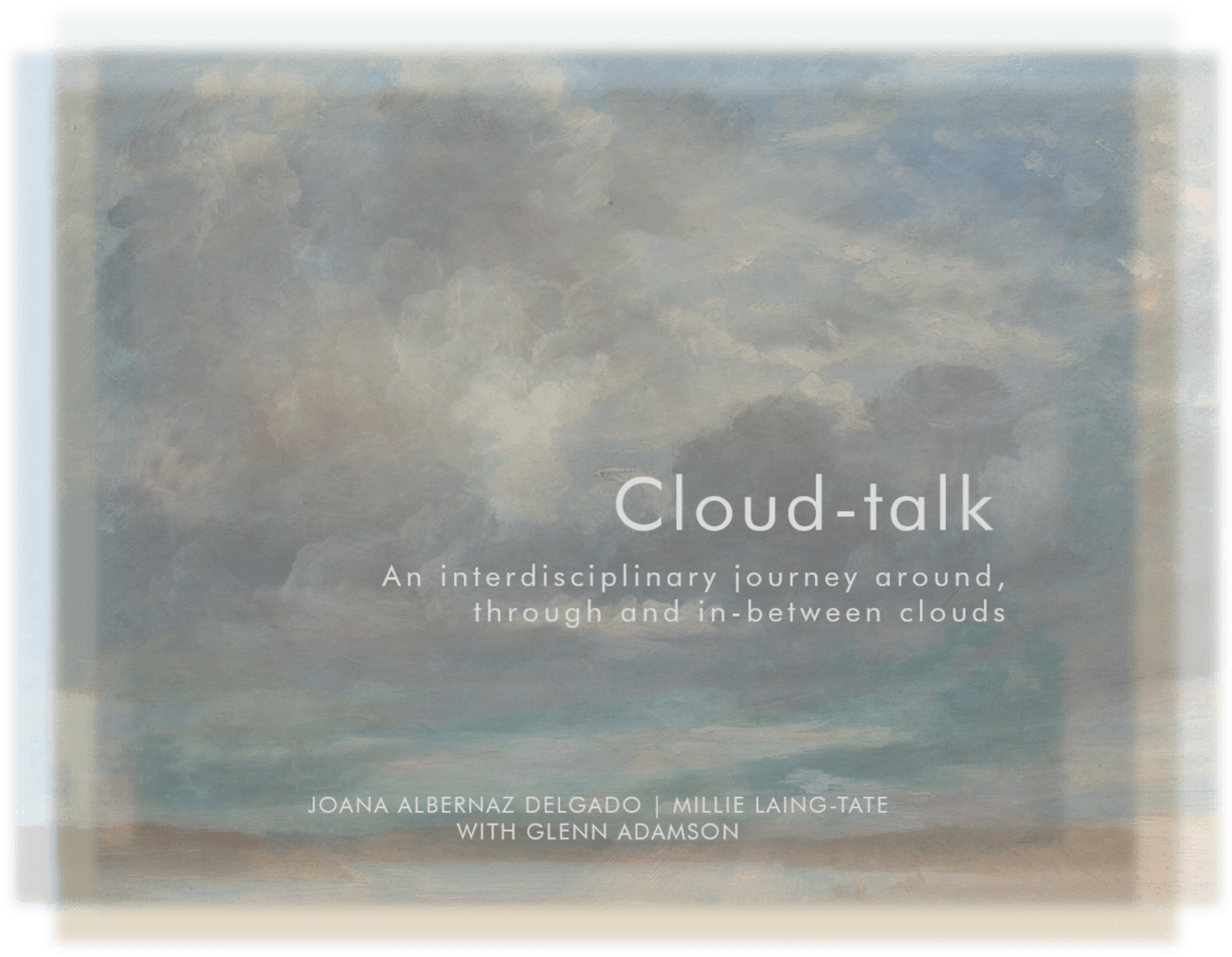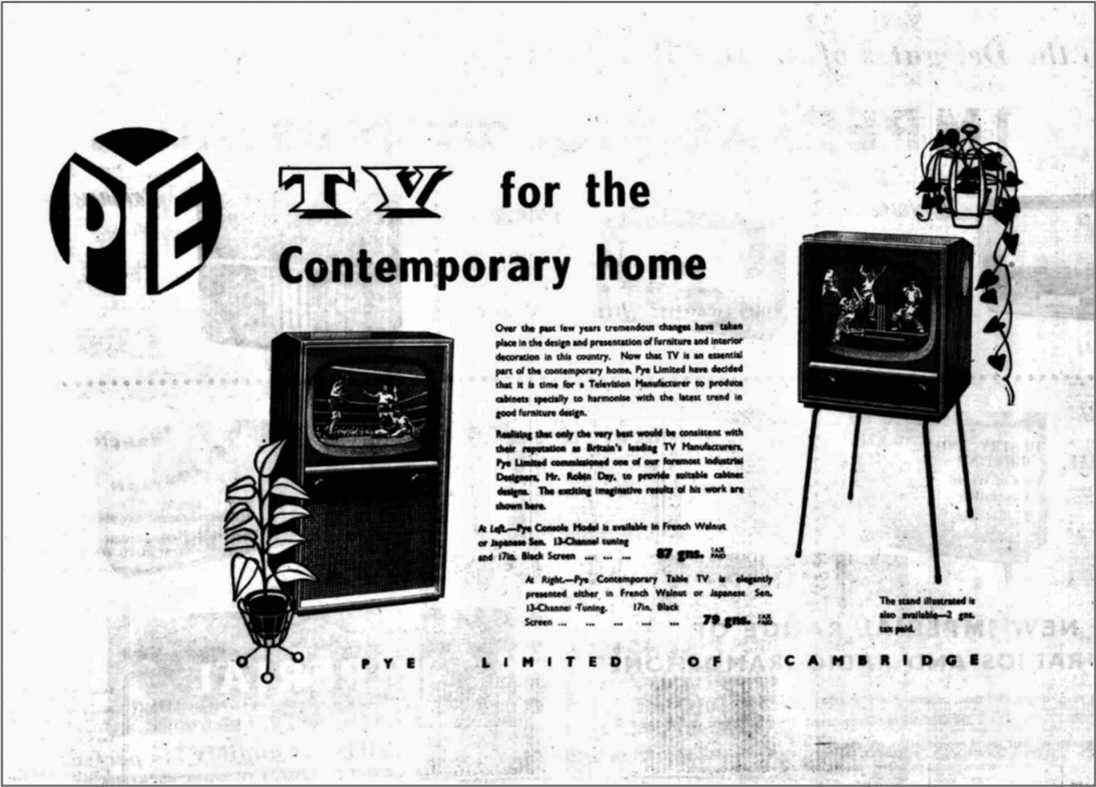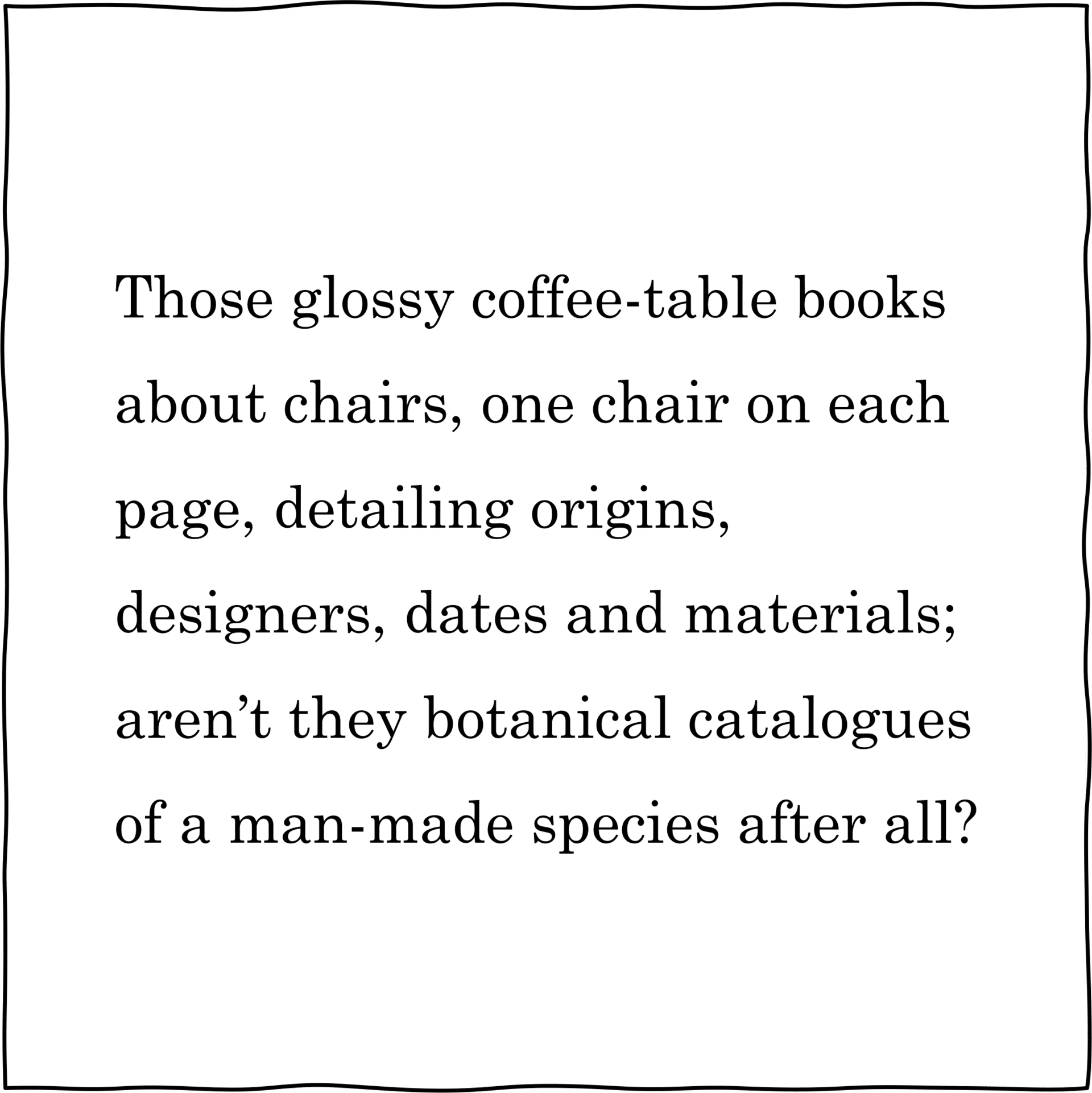Joana Albernaz Delgado is a recent MA graduate from the V&A/RCA History of Design Programme.
A former urban planning lawyer turned design historian, Joana is interested in stories of connection between different scales of design, from the city to the architecture and the object. She is especially drawn to the relation between architecture and chairs.
During the MA, Joana’s research work focused on those themes, using interdisciplinary approaches to challenge dominant historical narratives about 20th century design. Her first essay explored how the understanding of Modernism evolved, often unexpectedly, by investigating the historiography of the 1920s cantilevered chair, a strong modernist symbol that has grounded many historical investigations in different times. Joana’s second essay challenged the identification of Robin Day’s famous CS17 Pye television receiver as a modern design epitome, concluding that it balanced between furniture and technology and struggled with modernity and tradition in 1950s postwar Britain. Her final MA project, the dissertation, investigated the history of museum seating in the V&A’s Raphael’s Cartoons Galleries between 1865 and 2021. Regardless of their underestimated status, museum seats unveil, illuminate or contradict paradigms of their contexts and embody historical changes in their own materiality, location and use.
Joana also used her time at the MA to experiment with other ways of exploring design history. In February 2021, she participated in the online symposium ‘In Dialogue with History’, held with the RCA’s Ceramics & Glass Programme, and joined the publication that followed the symposium. Joana also organised and led 'Cloud-Talk', an interdisciplinary event for the AcrossRCA week, with Sculpture MA graduate Camilla Laing-Tate. Between August and September 2021, she contributed to the exhibition ‘Shaping Space – Architectural Models Revealed’, a collaboration between the V&A and the Building Centre. Following this contribution, Joana wrote two blogposts for the V&A blog about the Forth Bridge’s human model. More recently, in May 2022, Joana participated in the organisation of the V&A/RCA History of Design MA Annual Symposium, in which she also was a speaker and a panellist.
Joana currently writes a monthly essay for Observador, a major Portuguese newspaper, in which she gives a voice to underrated objects of the everyday life and to the stories they hide. She wants to introduce history of design to a wider audience and to raise awareness about the role of the material world that surrounds us.
Joana will be speaking at the Design History Society Annual Conference 2022. She will be presenting a paper on pencils, dérives and Virginia Woolf, in a fluid, interdisciplinary experimentation that will combine history of design, psychogeography, literary criticism, and everything in between.

















